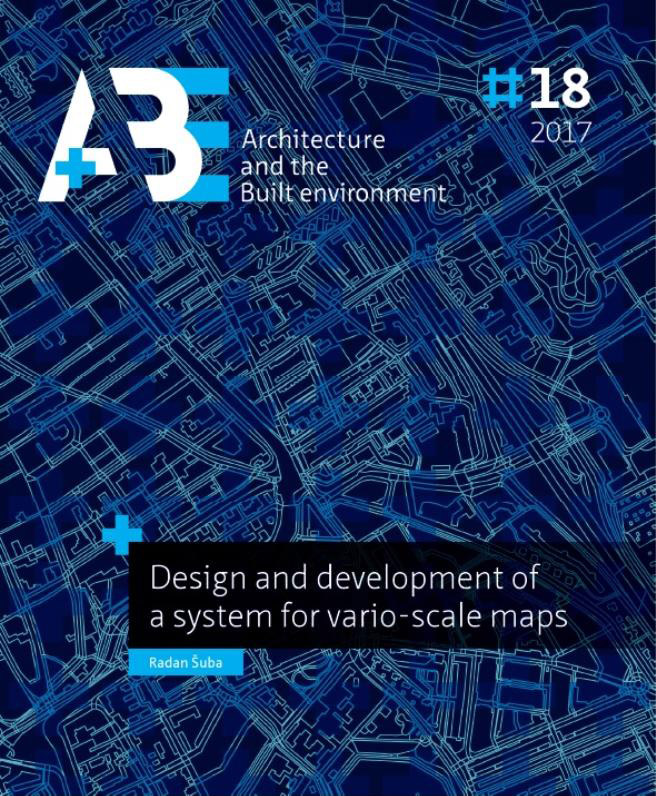Vario-scale data structures
DOI:
https://doi.org/10.7480/abe.2017.18.3592Abstract
The previous chapter presents state-of-the-art in map generalization at NMAs’ and continuous generalization. There is a noticeable technological shift towards continuous generalisation which supports interactive map use where users can zoom in, out and navigate more gradual way. Despite some research efforts there is no satisfactory solution yet. Therefore, this chapter introduces the truly smooth vario-scale structure for geographic information where a small step in the scale dimension leads to a small change in representation of geographic features that are represented on the map. With this approach there is no (or minimal) geometric data redundancy and there is no (temporal) delay any more between the availability of data sets at different map scales (as was and is the case with more traditional approaches of multi-scale representations). Moreover, continuous generalisation of real world features is based on the structure that can be used for presenting a smooth zoom action to the user.
More specific, Section 3.1 and 3.2 provide historical overview of the development and the theoretical framework for vario-scale representations: the tGAP-structure (topological Generalized Area Partitioning). Section 3.3 describes the initial effort to generate the better cartographic content; the concept of constraint tGAP. Section 3.4 explains the 3D SSC (Space-Scale Cube) encoding of 2D truly vario-scale data. Section 3.5 shows idea how to combine more level of details in one map. Section 3.6 summarizes the open questions of the vario-scale concept and it indicates research covered in following chapters. Finally, Section 3.7 presents vario-scale data research in parallel to this PhD for progressive data transfer. Then, Section 3.8 summarises the chapter.

